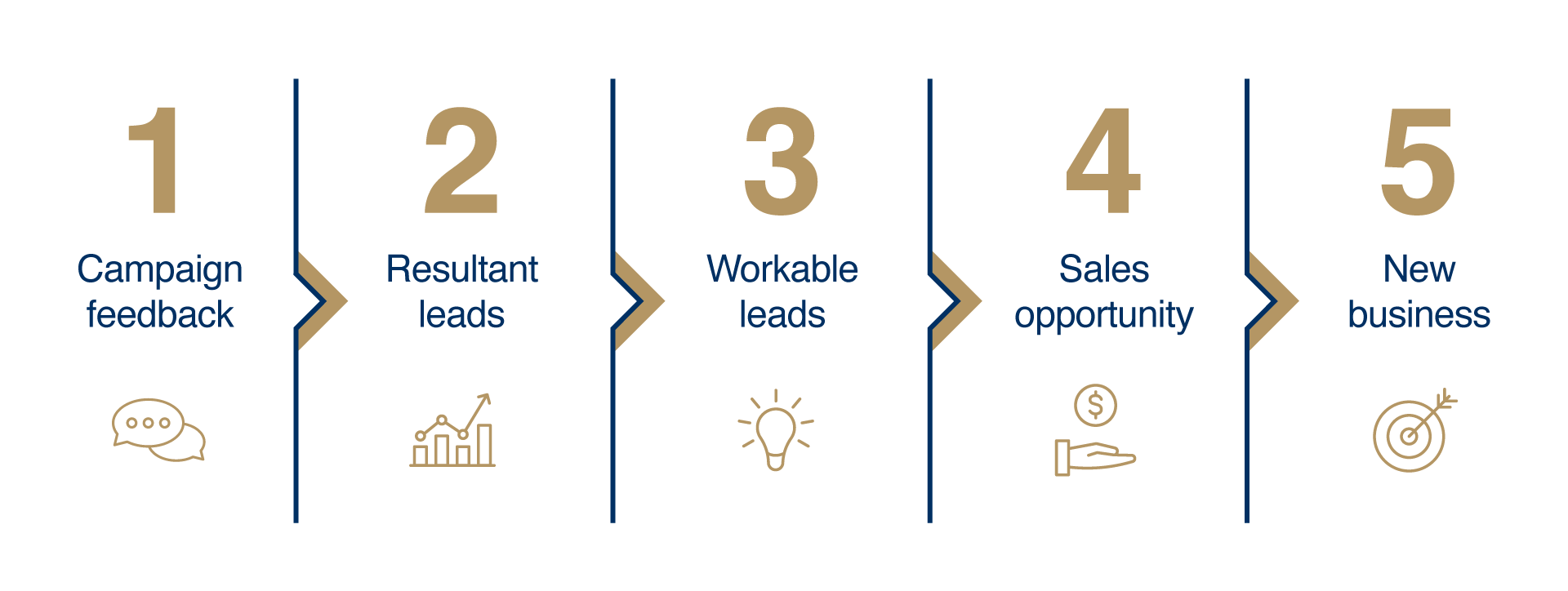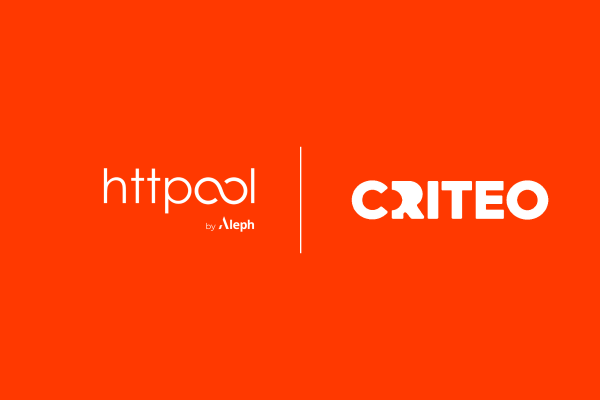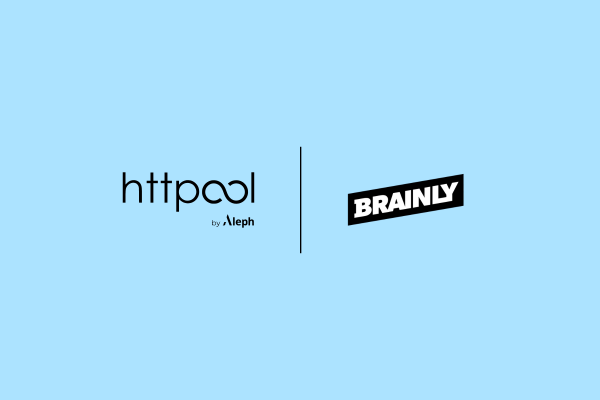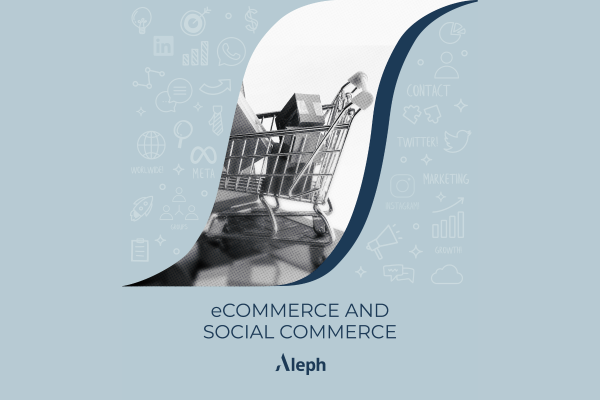
Faced with unprecedented levels of choice, customers become more and more picky, and their brand loyalty seems to be a thing of the past in today’s highly competitive world, with so many goods and services to choose from. Thus, a customer-centric approach is a key to success for any new business. In fact, those businesses that put the customer in the centre of their activities are 60% more profitable than those that do not.
In addition to customer relationship management systems (CRM), countless marketing innovations were launched in 2020, driven by both technology and the pandemic that has changed every part of our lives. In their midst, one trend stands out the most: Data.
Brands have never had access to as much marketing data as they do now, including:
Personal information, such as email addresses of consumers, purchasing habits, Mobile number, Device id, Device type, Number of devices used, location, IP address, time of the day, Day of the week, Content consumed, Referral URL, Referral keyword, etc.
Public data, such as recognizable marketing strategies used by rivals, overall shopping habits, and so on.
Here are a few data-driven strategies that brands have been using lately to drive engagement and results through digital advertising.
Plunge into data-based storytelling
Facts and figures always help in channeling a consumer’s trust in a brand. But what we call ‘insight’ is the key to a consumer’s mind and heart. There are various marketing tools to monitor and measure engagement and interactions to gain the right insight.
But when combining data with storytelling, we arrive at a winning formula. Using data as a testimonial as a starting point, stories can be built to communicate that special something to the customer, thus building the invisible bond that would become brand loyalty.
The Who-What-Where
To utilize data at its best, we need first to know where to find them and access them. Once we do that, we have a world of opportunities open before us.
We will get to know ‘Who’ our consumers are – what their taste is and what has worked with them previously. This would give us an insight into our future relationship – as in, how to approach them, talk to them, and convince them for a trial.
Next, ‘What’ kind of consumers visit our site – what is their nature, what time of the day they come to our website, and the overall hit ratio. This helps us create a prototype around the current consumer data.
And finally, ‘Where’ do our consumers visit – what they search for or what they’re hooked on to, regularly. With this, we get to know the mediums or channels to reach out to them appropriately. It helps in striking the right chord on the first try.
Key Performance Indicators are key to success
Having the right data is essential. But having a lot of data can be detrimental for any kind of analysis. We need to sort the right data at a fundamental level to make our life comfortable during the analysis. And this is where the Key Performance Indicator ( KPI) comes into action.
KPI is the compass that shows us the direction to head at. It tells us the nature of our communication – to drive more traffic or penetrate instantly or sustain with data funneling.
Now that the strategy is in place, we can convert the consumer data to define the KPI, be it vital revenue or campaign results, CTM or SEO, pipeline or tactical, and likewise. This helps us attain our short-term and long-term goals if we create a sustainable flowchart:

Customer journey is a data journey
At every point, we need to stay with the consumer. We cannot be detached from their journey. Or else we lose them. To keep up with them, we need data at every point.
We need to engage them at every point, with the correct information of their likings and passion. Each consumer has several engagements across various channels. We need to keep track of that data and its lasting results. To achieve our objective, we need to make a prototype out of their interest and interact with them through different avenues. The procedure will require a lot of attention and dedication. But the results are indeed motivating.
Overall, customer data-driven digital marketing strategy bores a more innovative way to create a lifelong relationship with our consumers. The power of data can be used to its optimal best if used correctly, with the correct amount, for the right person.
What is the real lesson or takeaway from this? The phase of marketing innovation is never-ending. You’ll never be able to consider this challenge completed, but that’s part of what makes digital marketing so exciting.









